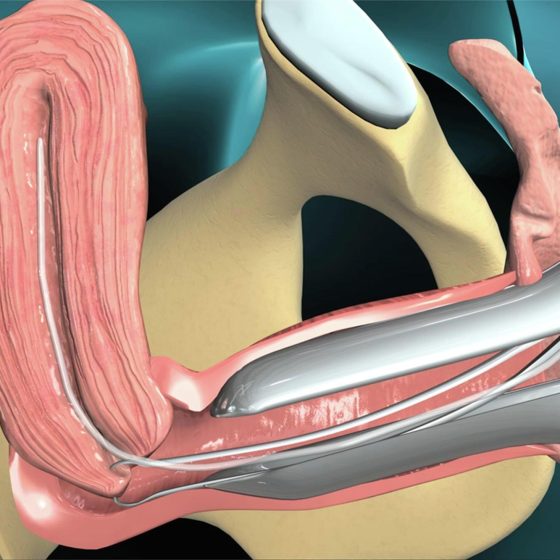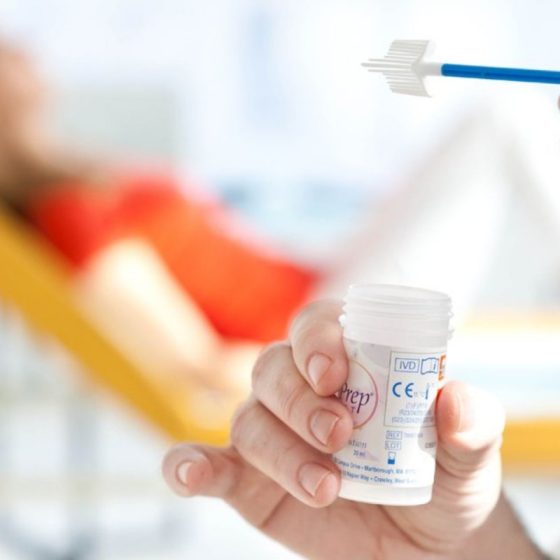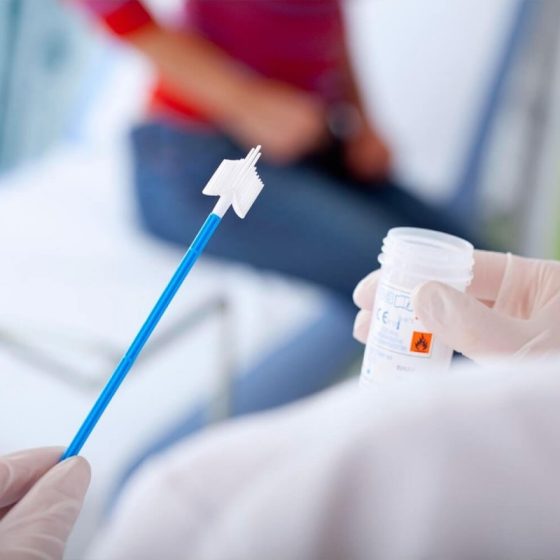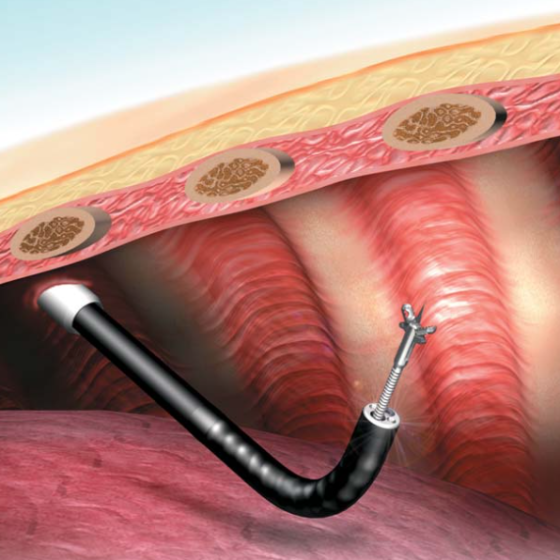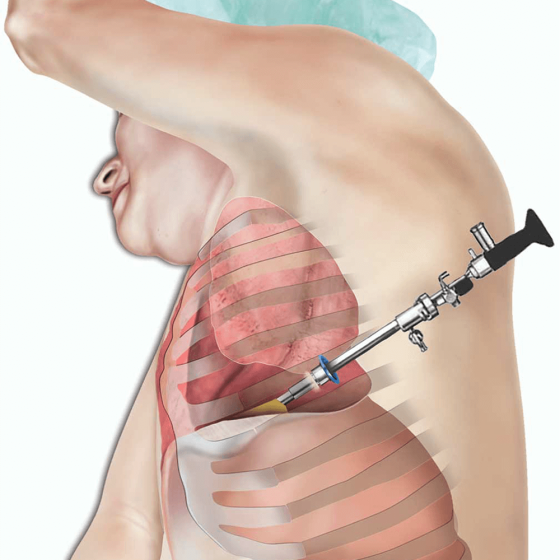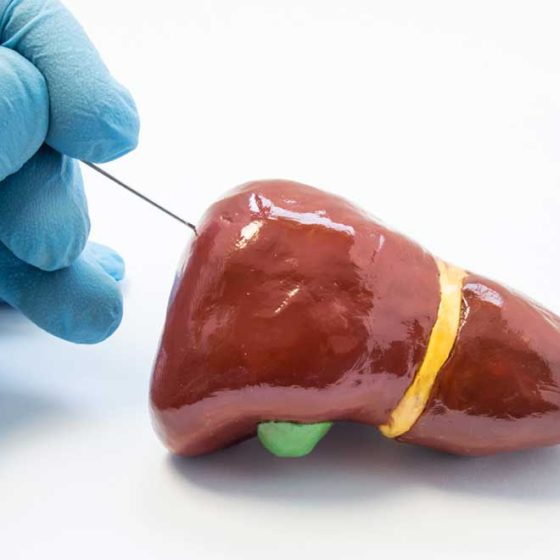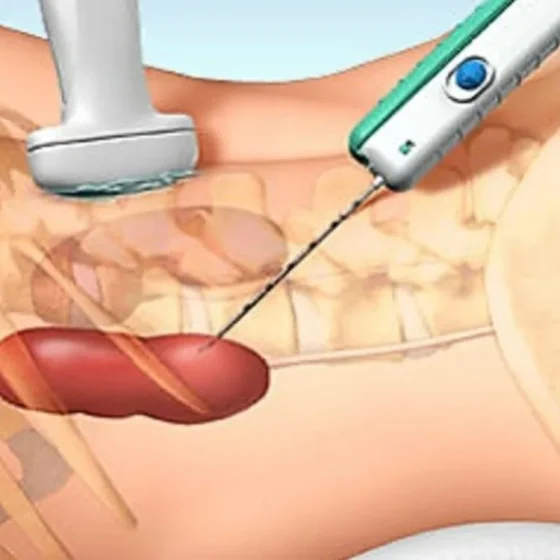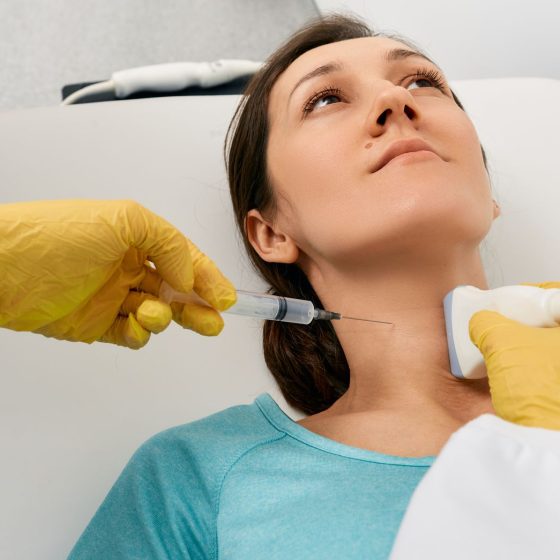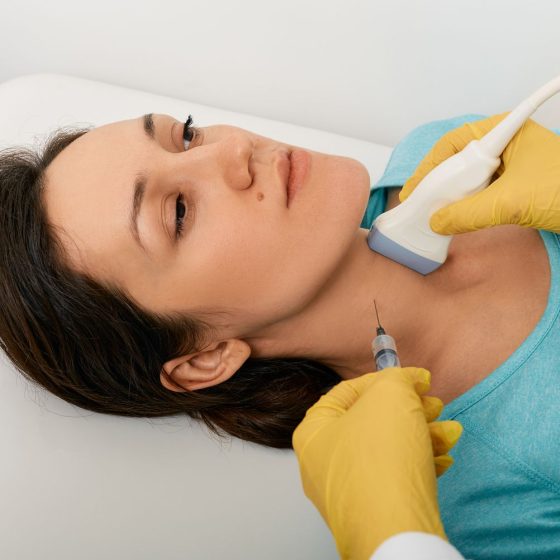Womb biopsy
The only way to definitely diagnose womb cancer is to take a sample of the tissue lining the womb. This is called an endometrial biopsy. Your doctor sends the sample to the lab. This is where a pathologist checks it for abnormal or cancerous cells. There are different ways to take a biopsy of the womb lining. Aspiration biopsy To have this test you lie on your back on a couch with your knees up and feet apart. You’ll need to remove your underwear, but you will have a sheet to cover yourself with. Your doctor or nurse gently opens your vagina with a speculum. This is just the same as when

